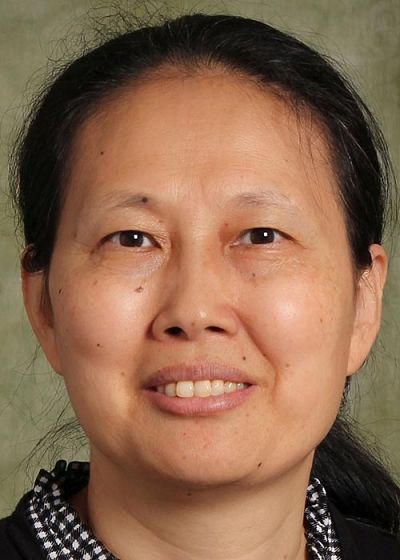Abstract
Imaging provides the primary means for assessing brain structure and function in humans in vivo. For many clinical situations, brain imaging biomarkers have the potential to provide greater sensitivity and specificity than clinical indices for differential diagnosis and management of brain disorders. While structural changes have shown to provide valuable information to disease diagnosis, change in regional brain function may be more dynamic and provide even greater sensitivity to early diagnosis, disease progression or response to therapy. However, the potential of functional imaging has not yet been realized because of some technical hurdles and lack of effective image processing tools to detect disease-sensitive imaging biomarkers. The talk will focus on the recent development of ASL imaging and its impact to neuroscience and clinical applications. Development of new computational methods on brain functional imaging and applications of the computational methods towards the sensitive biomarkers are in need for medical image processing. Recent advancement in the computational methods in diabetes and bipolar disorder will be presented.
Talk slides
Speaker Bio
Dr. Weiying Dai received a B.S. in Mathematics from Peking University and a Ph.D. in Computer Science from University of Pittsburgh. Before joining Binghamton University in 2015, she was an instructor at Beth Israel Deaconess Medical Center & Harvard medical school. Her research interests include brain mapping, neuroimaging, blood flow imaging, biomedical image processing, pattern recognition, computer vision and information retrieval. She, together with her collaborators, invented and advanced a Magnetic Resonance Imaging (MRI) technique that has been implemented on GE MRI scanners and become a popular clinical imaging tool for quantitatively measuring blood flow as it moves through the body. Dr. Dai is a selected Junior Fellow of the International Society of Magnetic Resonance in Medicine (ISMRM) and has several funded grant proposals with NSF and NIH in technical developments and clinical applications.
